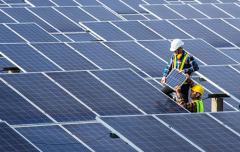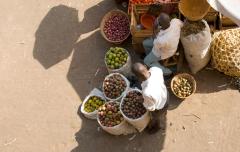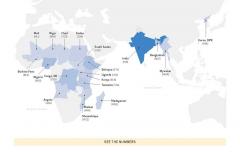Renewables


SEE THE NUMBERS
Quick facts
Context
- Despite rapid growth in renewable energy consumption, the overall share of renewable energy has been moving more slowly due to continued rapid growth in TFEC.
- Recent growth in the share of renewables in TFEC globally has been concentrated in the power sector. It has proved harder to increase the share of renewables for heat and transport applications that represent 50 percent and 30 percent of TFEC respectively.
- Policy developments that address the heating and transport sectors continue to be slow and have been primarily focused on solar thermal heating systems and further support to biofuels. Policy measures have not yet caught up with rapid deployment of electric vehicles and their possible role as an enabler for better integration of variable renewable energy sources.
NOTES: 1. The dotted line represents approximately the Line of Control in Jammu and Kashmir by India and Pakistan. The final status of Jammu and Kashmir has not yet been agreed upon by the parties.
2. This map was produced by SEforALL. It is based on the UN Map of the World, which can be found here: http://www.un.org/Depts/Cartographic/map/profile/world.pdf. The boundaries, colors, denominations and any other information shown on this map do not imply, on the part of SEforALL, any judgment on the legal status of any territory or any endorsement or acceptance of such boundaries.
SOURCES: International Energy Agency (IEA) and the World Bank. 2017. “Progress Towards Sustainable Energy: Global Tracking Framework 2017” (April), World Bank, Washington, DC. Data extracted from http://gtf.esmap.org/ on 06/20/2017.DC.
Related Heatmaps

Data analysis
16 Oct 2024

Data analysis
15 Nov 2022

Data analysis
03 Jun 2022

Data analysis
25 Jun 2017
